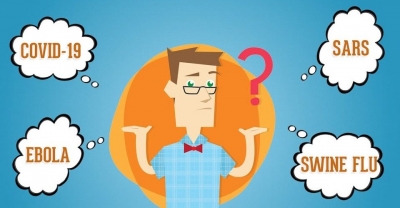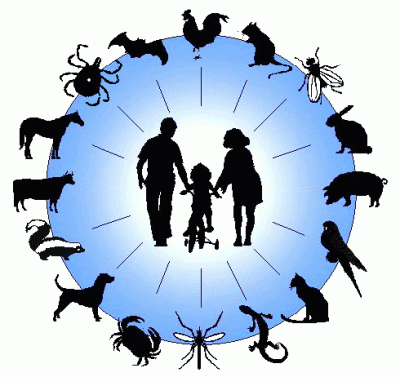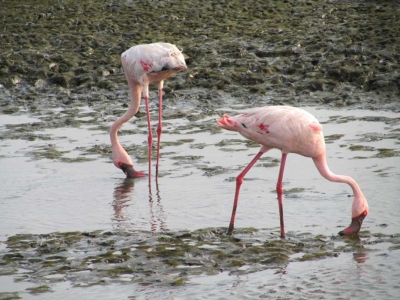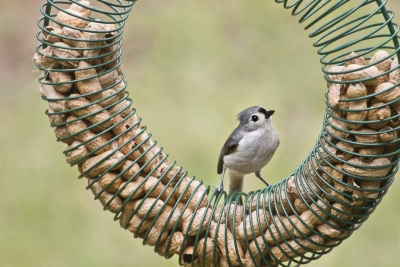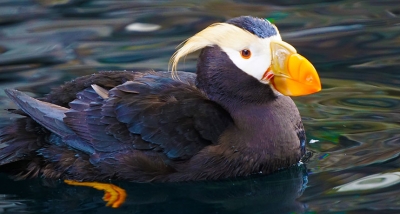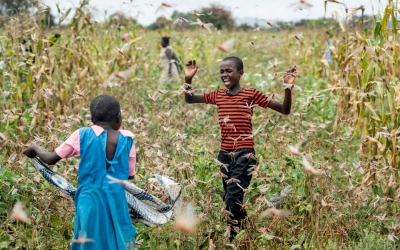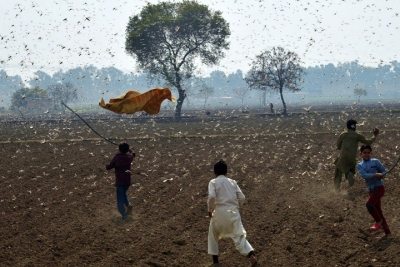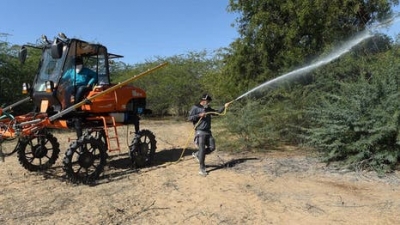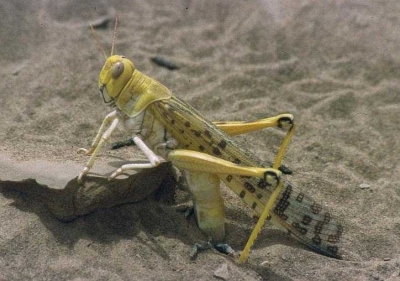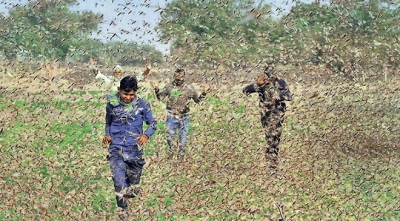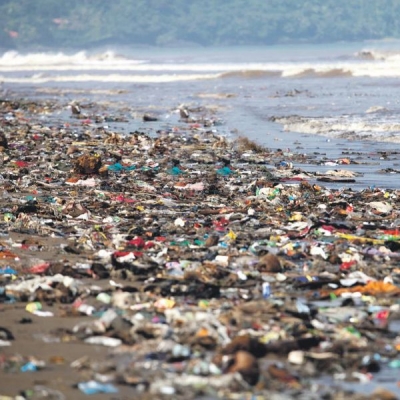
By now, it is common knowledge that human activities have a significant impact on the world’s ecosystem. Human beings have deeply altered the environment. They have directly or indirectly contributed to pollution, global warming, climate change and the destruction of biodiversity. It is high time we took measures to save the planet from further degradation. Some of you may have already resolved to adopt a sustainable lifestyle. But where should you start? Well, the best place to begin is your own home!
Many everyday items in your house can be contributing to environmental degradation because of what they are made of, how they are produced, or how they are disposed of. We are not just talking about ‘single-use’ plastic items. Of course, they are among the biggest concerns. But today, we are going to focus on the less obvious ones.
Here is a list of common things harming the environment. Next time you reach for any of these items, remember the three Rs – Reduce, Reuse and Recycle.
Wet wipes
Whether it’s wiping your face or cleaning a spill on the table, wet wipes bring ease and convenience to our lives. But the same can’t be said for the environment. Because the single-use wipes are made of synthetic cellulosic fibre and plastic fibre that don’t break down easily. When disposed of via the toilet, the non-biodegradable products block sewers. They also end up in oceans and harm marine life. Remember, paper tissues are not any better, because trees are felled to make them.
Tooth brush and face wash
Some varieties of toothpaste contain plastic microbeads, a leading contributor to the eight million tones of plastic that enter the ocean each year. Microbeads are tiny pieces of polyethylene plastic added to products such as face washes, body scrubs, abrasive cleaners and toothpastes. Microbeads can easily pass water filtration systems and end up in the sea, posing a serious threat to marine life. They do not biodegrade and as they travel, attract toxic chemicals. According to a study, a single shower using such products can result in 1, 00,000 plastic particles in the ocean. So, when you purchase a product, always check its ingredients and avoid ones with microbeads. (Look for words such as “polypropylene” and “polyethylene” on the label. They indicate the presence of plastic microbeads.)
Deodorant sprays
Aerosols sprays cans such as deodorant, air fresheners and spray paint use certain gases to propel the content from the nozzle. These gases could be hydrocarbons and nitrous oxide – both of which are greenhouse gases. The use of aerosol-coated products also results in volatile organic compounds (VOCs) emissions from the propellants and solvents contained in them. Once airborne, VOCs, in the presence of sunlight, react with nitrogen oxides to form ozone, a key cog in smog. Many sprays also contain highly toxic chemicals such as xylene and formaldehyde, which are cancer-causing agents. They also affect our neurons.
Sunscreen lotion
Common chemicals used in sunscreen creams and lotions to protect against harmful affects of ultraviolet light threaten corals and other marine life. They include oxybenzone, benzophenone-1, benzophenone-8, OD-PABA, 4-methylbenzylidene camphor, 3-benzylidene camphor, nano-titanium dioxide and nano-zinc oxide. Some of these compounds are found in more than 3,500 skin care products worldwide for protection against the sun’s harmful effects. The chemicals enter the environment through wastewater effluent or directly from swimmers wearing sunscreen. The chemicals impair growth and photosynthesis in algae; accumulate in tissues of corals and induce bleaching; and deform the young of mussels, sea urchins and dolphins.
Clothes
Apparel production is linked to environmental problems such as water and air pollution. Every year, global emissions from textile production are equivalent to 1.2 billion tones of CO2, a figure that outweighs the carbon footprint of international flights and shipping combined. Further, dyeing of apparel contributes to about 20% of global water pollution.
While production of natural fibre is linked to pesticide use and heavy water consumption, synthetic textiles contain microplastic known as microfibers, which find their way to the ocean, affecting marine life.
By keeping your clothes until they wear out, and not shopping often, you can reduce your impact.
Glitter
Glitter is made from plastic and used in a wide array of products, including in art and craft, jewellery and cosmetics. But when it is washed down the drain, it becomes part of the growing problem of microplastics, which are consumed by plankton, fish and birds. Animals die from starvation when microplastics collect in their systems, and the material can even make its way up the food chain to end up on our plates.
Paper cups
Increasing awareness and ban against plastic use have led to the shift to alternatives such as paper bags and cups. But how environment-friendly are they? Cups are technically recyclable, but due to the complicated way in which they are produced, the vast majority of coffee cups do not end up being recycled. Indeed, they are made largely of paper, but disposable coffee cups are lined with plastic polyethylene, making the cups waterproof and therefore able to contain liquid. In addition, the difficulty of recycling coffee cups is increased by the fact they are contaminated with drink. This means cups cannot be recycled at standard recycling plants, and must instead be taken to special facilities, which are minimal in number all over the world. Further, many paper cups are made from virgin paper pulp. That means trees are felled to produce them.
Picture Credit : Google


